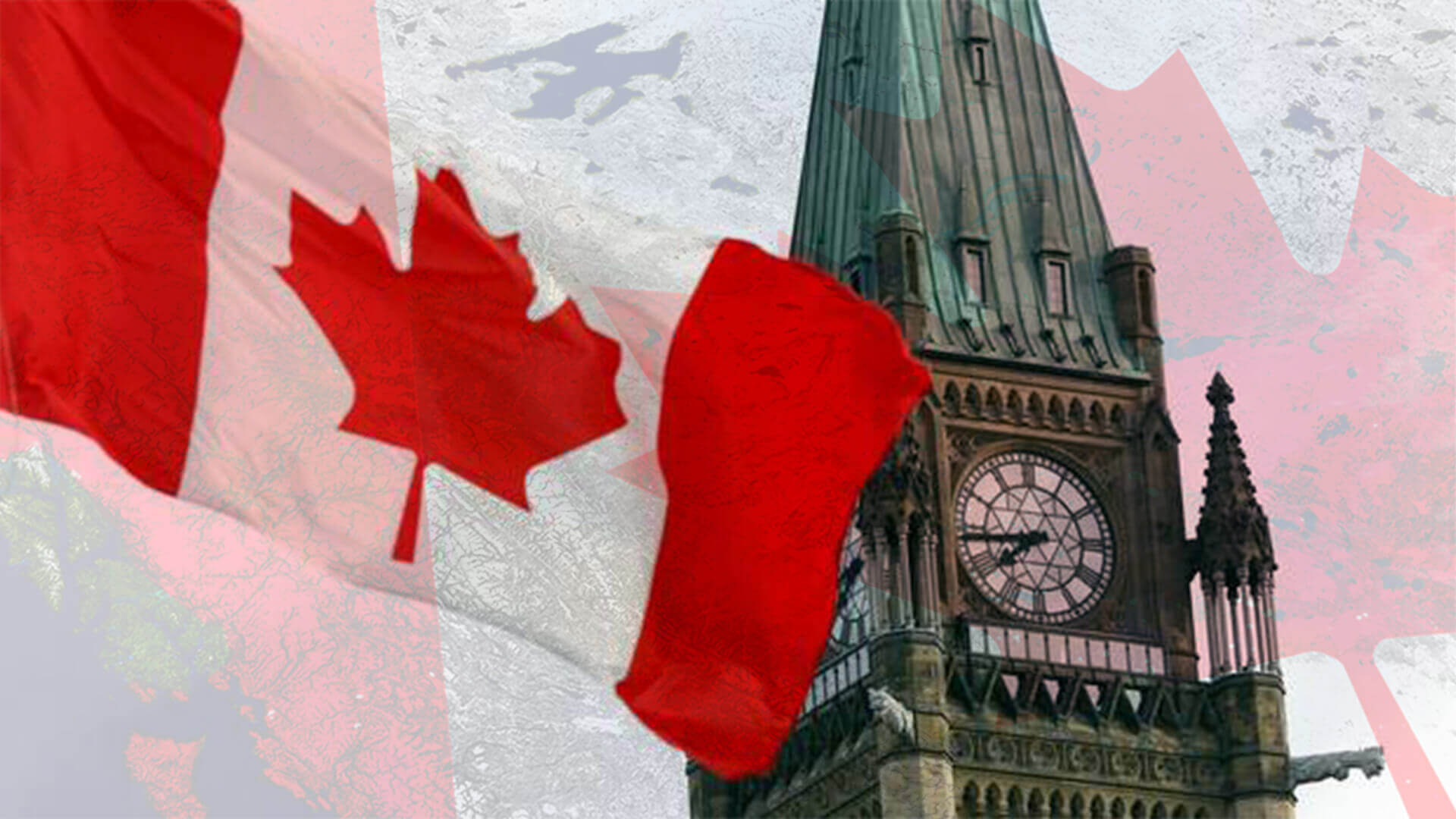Canadian History since World War 1,Grade 10th,Open (CHC2D)


-
Name:Canadian History since World War 1,Grade 10th,Open (CHC2D)
-
Grade:Grade 10th
-
Prereq:None
-
Code:CHC2D
-
Type:Academic
-
Credit Value:1
-
Develop Date:2021-04-01
-
Course Price:CAD $1300
-
Status:Active
Course Description:
This course highlights the events happened worldwide in the past and how they affect the Canada. This course traces all the emotions, love, struggles, hardships and the challenges the world faced. After the understanding of this course the students will be able to critically think about the conflicts that happened and how Canada stood up in the terms of the development and the issues after bearing the challenges. This course puts light on the American as well as Canadian cultures influences over each. Moreover this course urges the students to know the importance of the history and compare that world with present world. This course implicates the politics in the Canada also and the evolution of that politics till now.
Aims and Objectives:
- Evaluate the world war consequences along with the Canadian history.
- Evaluate the conditions of the war as the home fronts of Canada.
- Demonstrate the role of Canada play in world war 1.
- Demonstrate the role of Canada in the beginning of world war 2.
- Evaluate the conditional depression as a great depression.
- Evaluate the significance of the great depression.
- Consider the role of Canada in the great depression and war.
- Demonstrate the Canada as the major power after world war 2.
- Consider how American culture influences the Canadian culture after the war ended.
- Evaluate the politics in Canada.
- Evaluate how the evolution of Canadian politics occurred.
- Demonstrate the list of changes occurred after the world war 2.
- Demonstrate the economic changes occurred in the Canada.
- Demonstrate the differences the Canada faced after the war.
- Evaluate the importance of history.
- Describe the attitudes of the people towards the significant actions taken place.
Expectations:
- History of Canada and First World War
Throughout this course, students will:
- Evaluate the history inquiry process along with the evaluation of the world war consequences of Canadian history.
- Read and evaluate the era of the war when it was on the home front of the Canada.
- Learn and demonstrate the role of Canada played in world war 1 and the beginning of world war 2.
- The significance depression
By the end of this course, students will:
- Read and demonstrate an understanding of a significance of the great depression.
- Demonstrate the conditional depression as a great depression.
- Learn and demonstrate the role of Canada played in the great depression.
- A North American Nation
By the end of this course, students will:
- Generate and demonstrate an understanding over arousal of the Canada as a super power after the war.
- Learn and demonstrate the blend of the cultures after the war.
- Use critical thinking over the influence of American culture over the Canadian culture.
- Changing Time
Throughout this course, students will:
- Demonstrate an understanding over the traudeus Canada.
- Identify the questions to Quebec.
- Demonstrate the change of economy of the world and how it changed the economy of Canada.
- Intro of new century and future shocks
By the end of this course, students will:
- Evaluate the Canada’s environmental issues aroused after the war.
- Demonstrate the unfinished business of the Canada.
- Illustrate the knowledge about Canada and all the global forces.
Unit-wise Progression:
|
Unit |
Title and Subtopics
|
|
Unit 1 |
History of Canada and First World War
- Hours: 24 |
|
Unit 2 |
The significance depression
- Hours :22 |
|
Mid-Term - Hours: 2 |
|
|
Unit 3 |
A North American Nation
- Hours: 20 |
|
Unit 4 |
Changing Time
- Hours: 16 |
|
Unit 5 |
Intro of New Century and Future Shocks
- Hours: 16 |
|
Culminating Activity – 6 Hours |
|
|
Final Term – 4 Hours |
|
|
Total – Hours 110 |
|
Teaching/Learning Methodologies:
This course traces major developments and events in Canadian history since WWI. Students will explore social, economic, and political changes, the historical roots of contemporary issues, and the role of conflict and cooperation in global interrelationships. They will extend their ability to apply the concepts of historical thinking and the historical inquiry process, including the interpretation and analysis of evidence, as they investigate key issues and ideas and assess societal progress or decline in world history These courses will prepare students for a life of responsible citizenship in which they can develop critical thinking about events, developments and issues in their daily lives. In the history courses, the goal is to help students develop a sense of time.
- Developing an understanding of past societies, developments, and events that enables them to interpret and analyze historical, as well as current, issues.
- Analyzing how people from diverse groups have interacted and how they have changed over time.
- Understanding the experiences of and empathizing with people in past societies.
- Developing historical literacy skills by analyzing and interpreting evidence from primary and secondary sources.
A few of the things students will be provided are the following:
- Lesson plans
- PowerPoint presentations
- Videos
- Reading Packs
- Assignment for Learning
- Assessment of Learning
- Quiz
All of these are a cluster of downloadable and embedded files that will be provided to each candidate with the progression of the course.
E-Learning Approach:
E-learning is not only a training method but it is a learning method that is tailored to individuals. It is found that different terminologies have been used to define learning that takes place online which actually makes difficult to develop a generic definition.
E-learning includes the delivery of content via Internet, Intranet, and Extranet, satellite broadcast, audio-video tape, interactive TV and CD-ROM. The term implies that the learner is at a distance from the tutor or instructor, that the learner uses some form of technology.
With attention to this new system of education that is spreading across the globe it’s imperative that the content of such study programs are enhanced and modified to serve both the learner and the instructor well whilst dealing with the gap of conventional studying methodologies. Thus the courses promise its reader an experience full of engagement, student-concentric approach, personalization and Interaction. Using a wide array of multimedia tools, cloud based LMS and diverse repository of subject tailored audio-visual material that student can utilize and learn in a stimulated work environment where he’s in charge of his work hours.
Our e-learners paddle through these courses in the mediation of skilled mentors to the finish line with understanding of their subject’s application into real world problems following a futuristic model of education.
Strategies for Assessment and Evaluation of Student Performance:
Assessment is the ongoing gathering of information related to the individual student’s progress in achieving the curriculum expectations of the course. To guide the student to his/her optimum level of achievement, the teacher provides consistent and detailed feedback and guidance leading to improvement. Strategies may include:
- Diagnostic assessment
- Formative assessment
- Summative assessment
- Performance assessment
- Portfolio assessment
- Rubrics
- Checklists
The final grade will be based on:
|
Weightage in Percentage
|
Categorical Marking Breakdown |
|
50% |
Course Work |
|
20% |
Mid Term |
|
10% |
Culminating Activity |
|
30% |
Final Exam |
|
Assessment of Learning
|
||
|
Student Product |
Observation |
Conversation |
|
Learning Logs (anecdotal) Assignment Pre-tests (scale/rubric) Quizzes (scale/rubric) Rough drafts (rubric) Graphic organizers (scale) Peer feedback (anecdotal/checklist) Reports (rubric) Essays (rubric) Webbing/Mapping (rubric/scale) Vocabulary notebooks (anecdotal) Visual Thinking Networks (rubric) Tests (scale/rubric) Exams
|
Self-proofreading (checklist) Class discussions (anecdotal) Debate (rubric) PowerPoint presentations (rubric) Performance tasks (anecdotal/scale)
|
Student teacher conferences (checklist) Debate (rubric) Peer-feedback (anecdotal) Peer-editing (anecdotal) Oral pre-tests (scale/rubric) Oral quizzes (scale/rubric) Oral tests (scale/rubric) Question and Answer Session (checklist) |
Resources Required by the Student:
- Microsoft Suite (Word, Excel, Power-point etc.)
- A laptop, or Mac, or Android, or any other operating system functional enough to use the web browser and use online software’s.
- Curriculum Reference: The Ontario Curriculum, Canadian and World Studies







